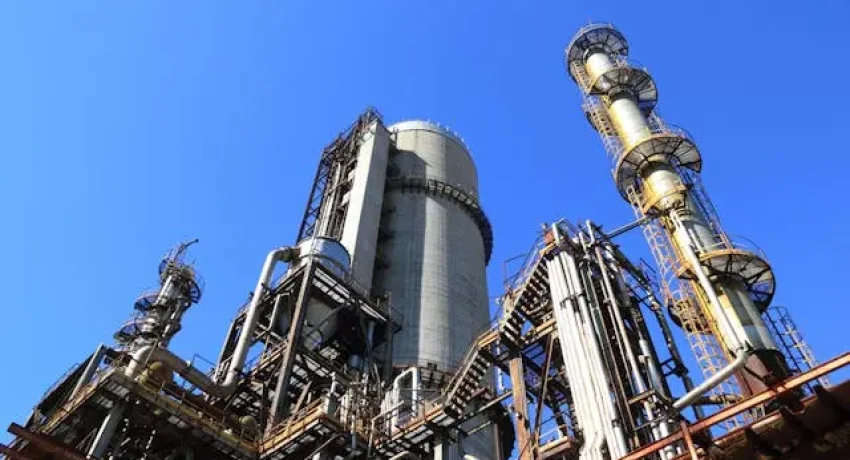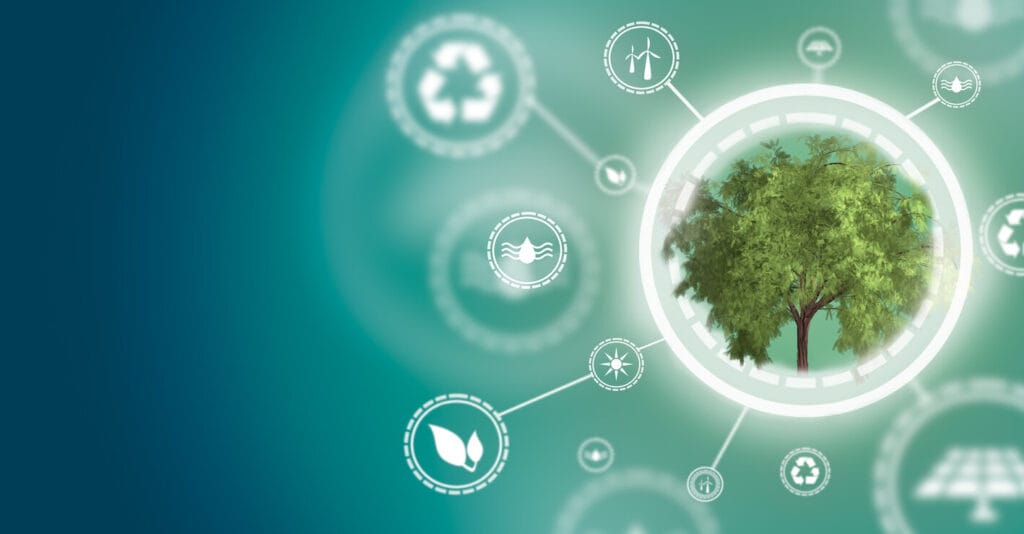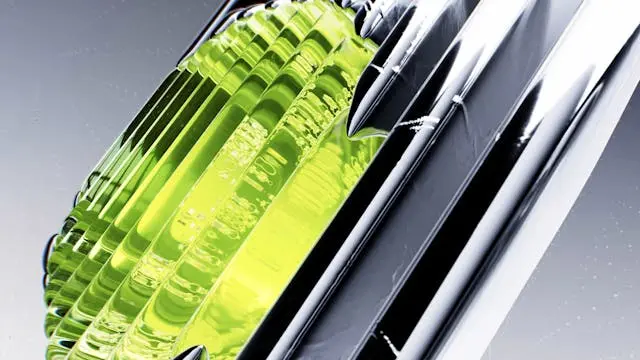CIRCULAR ECONOMY
TRANSFORMING INDUSTRIES FOR A SUSTAINABLE FUTURE
The circular economy is rapidly emerging as a powerful model to address the growing environmental challenges facing the world today. Unlike the traditional linear economy, which follows a “take, make, dispose” pattern, the circular economy is designed to maximize the use of resources by minimizing waste, reducing pollution, and encouraging the reuse, recycling, and repurposing of materials. This shift represents a profound transformation in how we approach production, consumption, and waste management, with the goal of creating a more sustainable, regenerative economic system that benefits both businesses and the planet.
In this comprehensive analysis, we will explore the core principles of the circular economy, its potential benefits, and its growing impact across various industries. We will also examine the challenges businesses face in adopting circular economy practices, the role of innovation and technology in enabling these practices, and the ways in which governments, businesses, and consumers can collaborate to accelerate the transition to a circular economy by 2025 and beyond.
CIRCULAR ECONOMY
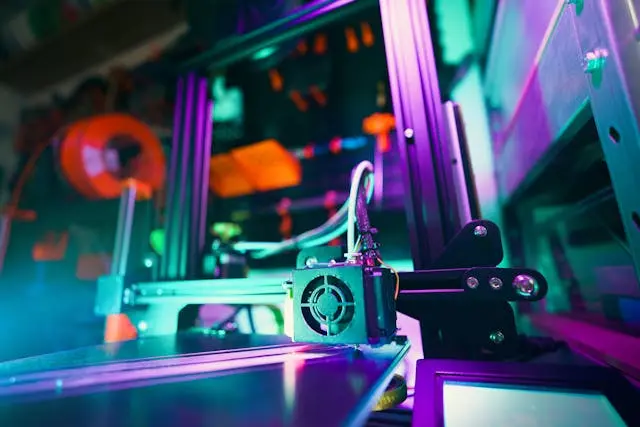
What is the Circular Economy?
At its core, the circular economy is an economic system designed to reduce waste and make the most of available resources. It is based on three key principles:
- Designing out waste and pollution: In a circular economy, the design process ensures that products are created with materials and components that can be reused, refurbished, remanufactured, or recycled. This reduces the waste generated during production and ensures that products have a longer life cycle.
- Keeping products and materials in use: Rather than discarding products after their useful life, the circular economy promotes the continuous use of materials by recycling, reusing, or refurbishing products. This creates a closed-loop system where resources are kept in circulation, reducing the need for virgin materials.
- Regenerating natural systems: In a circular economy, the aim is not only to reduce the environmental impact of human activity but also to restore and regenerate natural ecosystems. This could involve activities such as sustainable agriculture, reforestation, or reducing carbon emissions.
CIRCULAR ECONOMY
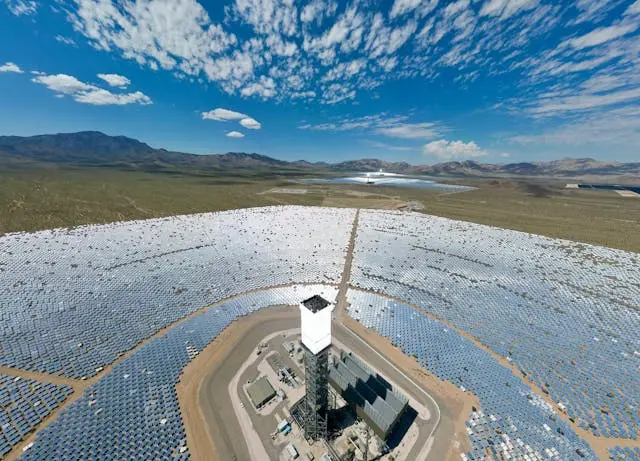
These principles aim to create a system where waste and resource consumption are minimized, allowing for a more sustainable future for businesses, consumers, and the environment.
The Benefits of a Circular Economy
The transition to a circular economy offers a multitude of benefits, not only for the environment but also for businesses, consumers, and society at large. Below are some of the key advantages of adopting circular economy principles:
1. Environmental Benefits
The circular economy has the potential to significantly reduce environmental degradation by minimizing waste and lowering the demand for raw materials. For example, by encouraging recycling and reuse, the circular economy reduces the extraction of virgin materials such as metals, minerals, and fossil fuels, which can have severe ecological consequences.
Moreover, the circular economy promotes the use of renewable resources and cleaner energy sources, which can help mitigate climate change by lowering carbon emissions. As industries adopt circular economy practices, they reduce their dependency on landfills and incineration, leading to a decrease in pollution, waste, and greenhouse gas emissions.
2. Economic Growth and Innovation
Adopting circular economy principles opens up new avenues for economic growth, particularly in industries such as recycling, repair services, product refurbishment, and sustainable design. The shift from linear to circular business models encourages innovation, as companies are challenged to rethink their product designs, manufacturing processes, and supply chains to prioritize sustainability and resource efficiency.
Additionally, the circular economy fosters the development of new business models, such as product-as-a-service (where consumers lease products instead of owning them) and sharing economies (where products are shared or rented among multiple users). These models not only provide opportunities for businesses but also allow consumers to access high-quality products at lower costs, fostering greater economic inclusivity.
3. Resource Efficiency
One of the primary goals of the circular economy is to optimize resource use and reduce waste. This can lead to more efficient and cost-effective use of materials, energy, and labor. For businesses, adopting circular practices means less dependence on raw materials, reduced energy consumption, and lower waste disposal costs. In industries such as construction, automotive manufacturing, and electronics, the use of recycled or repurposed materials can reduce costs and create new revenue streams.
Additionally, by extending the life cycle of products, companies can lower production costs and reduce their environmental footprint. Companies that embrace circular economy principles often find that they can achieve greater operational efficiency, reduce supply chain risks, and improve long-term sustainability.
4. Social Benefits
The circular economy can also have positive social implications. By creating new business models, such as sharing platforms or take-back programs, businesses can increase access to products and services, improving affordability and availability for consumers.
Moreover, circular practices can help create jobs in areas such as recycling, remanufacturing, and repair services. These jobs often require new skills and training, helping to build a more skilled and resilient workforce. In addition, the circular economy can promote more inclusive communities by enabling local production and consumption and supporting small businesses involved in sustainable practices.
Key Sectors Embracing Circular Economy Practices
While the concept of the circular economy is relevant across all industries, certain sectors are already leading the way in adopting circular practices. These industries include manufacturing, fashion, construction, electronics, and food, where the potential for reducing waste, reusing materials, and improving product lifecycles is particularly high.
1. Manufacturing
Manufacturers are increasingly embracing circular economy principles by designing products that can be easily disassembled, repaired, and recycled. Companies such as Philips and IKEA have made significant strides in developing circular business models, such as product take-back programs and recycling initiatives. For instance, Philips has developed a circular lighting business, where customers lease lighting products that can be returned, refurbished, and reused at the end of their life cycle.
In the automotive industry, companies like BMW and Tesla are incorporating circular economy practices by designing vehicles with recyclable materials and building vehicles that can be easily disassembled at the end of their life cycle. Moreover, the rise of electric vehicles (EVs) and their associated battery recycling efforts is another key example of how the automotive sector is transitioning toward a circular economy.
2. Fashion
The fashion industry is notorious for its significant environmental footprint, from the overconsumption of water and resources to the massive amounts of waste generated by fast fashion. In response, many companies are embracing the principles of circularity. Brands like Patagonia, Stella McCartney, and H&M are increasingly using recycled materials, offering repair services, and promoting clothing recycling programs.
Circular business models in fashion include renting or leasing clothing, which allows consumers to wear high-quality, designer items without the need for constant purchasing. These models encourage a reduction in clothing waste and extend the life cycle of garments.
3. Construction
The construction industry generates large amounts of waste and consumes vast quantities of raw materials. However, the industry is beginning to adopt circular practices, focusing on the reuse of materials, the design of buildings with longer life spans, and the reduction of waste through construction waste management programs.
Companies are increasingly using recycled materials in construction projects, and new business models are emerging around the idea of building “demountable” structures that can be easily taken apart and reused. Additionally, there is a growing emphasis on sustainable design, with more architects and developers focusing on creating energy-efficient buildings that use renewable materials and promote circularity.
4. Electronics
The electronics industry is another area where the circular economy has great potential. Electronic waste (e-waste) is one of the fastest-growing waste streams globally, and the environmental impact of improperly disposed electronics is significant. Companies like Apple and Fairphone are leading the way in reducing e-waste by designing products that are easier to repair, refurbish, and recycle.
Apple, for example, has committed to using 100% recycled materials in its devices, including rare earth elements used in smartphones and laptops. The company’s “Apple Trade In” program allows consumers to return old devices in exchange for credit or a new product, ensuring that older devices are repurposed and do not contribute to landfill waste.
5. Food
In the food industry, circular economy practices focus on reducing food waste, optimizing resource use, and promoting sustainable production practices. Companies are increasingly turning to food waste prevention programs, such as upcycling food scraps into new products, and adopting sustainable packaging solutions that reduce single-use plastics.
Restaurants, retailers, and food manufacturers are also focusing on reducing food waste by adopting better inventory management systems, donating surplus food, and implementing more efficient food processing techniques. In the future, the concept of a circular food system could revolutionize how food is produced, distributed, and consumed.
Challenges in Implementing Circular Economy Practices
Despite the many benefits of the circular economy, businesses and industries face several challenges in adopting circular practices. These challenges include:
- Lack of Awareness and Education: Many businesses still do not fully understand the potential benefits of the circular economy or how to implement circular practices effectively. As a result, there is a need for greater education and awareness, both for businesses and consumers.
- Technological Barriers: Implementing circular economy practices often requires new technologies for recycling, waste management, and product design. The development and deployment of these technologies can be costly and require significant investment.
- Supply Chain Complexity: Transitioning to a circular economy requires significant changes to supply chains, including sourcing materials from recycled or renewable sources, building reverse logistics systems for product take-back programs, and establishing effective recycling infrastructures.
- Regulatory Hurdles: While some countries are beginning to introduce policies that support circular economy initiatives, others have yet to develop the regulatory frameworks needed to incentivize businesses to adopt circular practices. Governments need to create supportive policies and regulations that encourage businesses to move towards a circular economy.
The Role of Technology in the Circular Economy
Technology plays a crucial role in enabling the transition to a circular economy. Digital technologies such as the Internet of Things (IoT), blockchain, and artificial intelligence (AI) can provide the infrastructure needed to track materials throughout their life cycle, optimize resource use, and ensure that waste is minimized.
For example, IoT sensors can track the condition and location of products in real time, allowing for more efficient logistics and recycling processes. Blockchain technology can ensure transparency and traceability in product supply chains, enabling companies to track the origin of materials and ensuring that they are reused or recycled. AI-powered solutions can optimize manufacturing processes, reduce waste, and design products with circularity in mind.
Conclusion: A Circular Future
The circular economy offers a transformative opportunity to create a more sustainable and regenerative economic system. By shifting from a linear “take, make, dispose” model to a circular approach focused on reducing waste, reusing materials, and regenerating natural systems, we can minimize our environmental impact while fostering economic growth, innovation, and social benefits.
While challenges remain, the benefits of the circular economy are too great to ignore. By embracing circular economy practices, businesses can not only improve their sustainability performance but also unlock new economic opportunities. As technology, regulation, and consumer behavior evolve, the circular economy is poised to become the dominant model
zuni
comments
Comments
related posts

Glow Naturally: Urban Hydration Skin Wellness

AFFORDABLE BEACH TOWNS IN MISSISSIPPI: PASCAGOULA SHINES BRIGHT

Best Budget Travel Destination Europe 2025 Revealed

CDC Vaccine Advisory Panel 2025: RFK Jr.’s Bold Dismissal Sparks Debate

Meta Faces Pressure to Combat Investment Scams on Facebook


